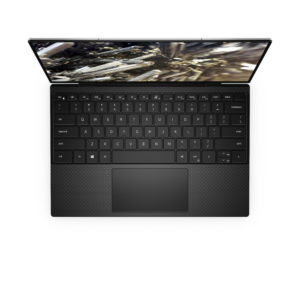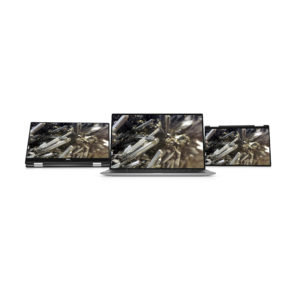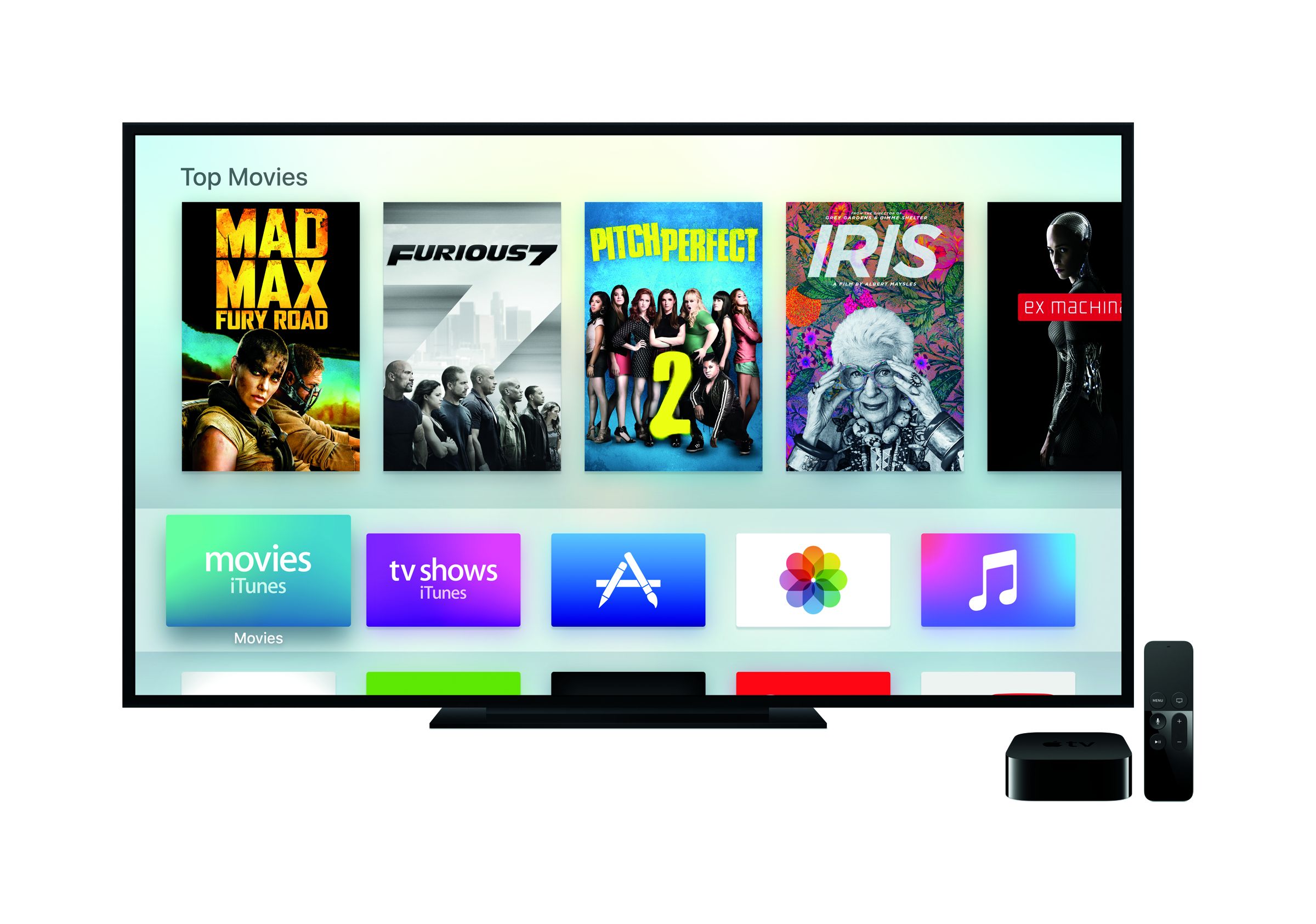Articles
Dell updates XPS 13 2-in-1 and XPS 13 | PCWorld Australia
Tiger Lake is coming in Dell XPS 13, XPS 13 DE, and XPS 13 2-in-1 | ARS Technica
From the horse’s mouth
Dell
XPS 13 (9310) clamshell laptop – Product Page with opportunity to order (USA)
XPS 13 (9310) 2-in-1 convertible laptop – Product Page with opportunity to order (USA)
My Comments
The Dell XPS 13 range of ultraportable laptops and 2-in-1 computers has over the last few years been seen as the “top of the pack” for that class of computer. Here, it has been about delivering the right mix of features, functionality and build quality for the price with this being reflected through the different generations of that computer.
Now, just after Intel had released the latest Tiger Lake mobile-computing silicon, Dell had just refreshed all of the computers in the XPS 13 lineup with this silicon. This includes the use of Intel’s latest Xe integrated-graphics processor technology which is being seen as fit for Full-HD gaming and even able to replace entry-level discrete mobile-use graphics silicon offerings like NVIDIA’s MX offerings. As well, they are to have two Thunderbolt 4 ports which are compatible with Thunderbolt 3 peripherals like external graphics modules. The integrated graphics and Thunderbolt 3 (or newer) port feature combination that the Dell XPS 13 has implemented since the Kaby Lake edition is one of those computer option combinations that I do see as being valid for laptops.
In this case, there was an emphasis on the quality aspect of the Tiger Lake silicon refresh for the Dell XPS 13 series. This was about a faster range of CPUs, the availability of integrated graphics silicon that is on a par with baseline mobile discrete graphics silicon, and the use of Thunderbolt 4 connectivity which is a reliability and connectivity improvement on that specification. Here, this graphics improvement was about combining an ultraportable computer design with graphics processing technology that isn’t a wimp.
The computers will have a thinner lighter design with the 2-in-1 variant having improved thermal design to cater towards the use of more powerful processing silicon. But that variant will be limited to the Intel Core i7-1165G7 as the most powerful CPU that can be specified. It will have the smallest integrated camera ever which clocks in at 2.25mm. The XPS 13 traditional laptop variant will use an edge-to-edge keyboard and achieve a 91.5% screen-to-body ratio.
XPS 13 computers that are specified with the 4K UHD+ display will have the display being certified for HDR and Dolby Vision use. But computers specified with the Full HD screen will have a battery runtime rated for 19 hours. The question with this is whether this can be about 19 hours with a mixture of activities ranging from Web browsing, word processing, viewing video content and playing a game like Civilization 6 on that long flight or roadtrip.
These computers will normally be delivered with Windows 10 but Dell is offering the XPS 13 traditional clamshell laptop as a “Developer Edition” variant. Here, this will be preloaded with Ubuntu 18 Linux, which will please software tinkerers and open-source computing advocates.
The minimum prices for Australian users are AUD$2999 for the 2-in-1 variant and AUD$2499 for the clamshell variamt. It will be interesting to see what the press reviews will come up with when the review units start to appear – whether they underscore Dell’s commitment to keeping the right mix of features, functionality, build quality and price for these computers.



